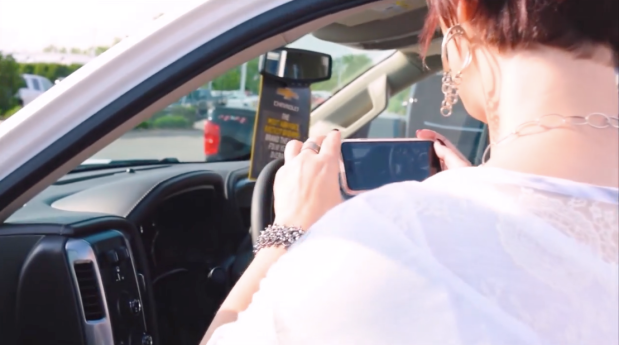The popularity of inventory walkaround videos has grown, and I love seeing it. What I don’t understand is this—why aren’t those same videos on your website, AutoTrader, Cars.com—all the other touchpoints that you are paying money to market your inventory, and where “in-market” shoppers are looking?
The reason you are taking the time to walk out to the car, complete your walkaround, and upload your video to Facebook is that you know people on Facebook will love the video and want to come down to your store and see the car for themselves. Isn’t that your goal with your website and ALL your online marketing touchpoints? That is called Merchandising. But your Merchandising strategy should be to have the BEST, most emotional presentation for your inventory…on every touchpoint where you show it.
Many dealerships are attempting to evolve their business model to compete with online disruptors such as Carvana. Did you know that Carvana attributes much of its success to how it merchandises its cars?
A great quote that resonates with me and covers this subject well is from Ernie Garcia… the CEO of Carvana. He stated, “The number one reason always given why cars couldn’t be sold online was that people needed a test drive. We said is there a way to use technology to let a customer take themselves through the whole experience? Is there a way we can merchandize the car where they can experience it online and get as good a feel for what the car is about as if they would have got it in person?”
Right from the beginning, Carvana knew that if they were going to get a shopper to purchase a vehicle without test driving it, they had to merchandise at a strong enough level that the shopper would get emotionally attached to the vehicle online…and want to buy it…without test driving. Shouldn’t that be your goal as well, not just on Facebook, but on your website and all of your online touchpoints?
The good news is that today’s technology will let you shoot one walkaround video, post that video to your website and numerous online marketing partners, create an interactive 360 spin, and post the video to Facebook…all with one video and one-click to upload.
You can even extract your still images from that video and re-use that video over and over to send personalized walkarounds to your leads, all from the comfort of your office, so you don’t have to worry about it raining, snowing, being crazy hot, etc.
So, what are you waiting for?. It’s time to jump on the inventory video bandwagon and offer your customer a better experience on your website and all of your other online marketing touchpoints too (not just Facebook). Do this before the disruptors and other forward-thinking dealers eat your customers for lunch!
I’m presenting at Digital Dealer Tampa 2022 and hope that you’ll join me for my session, “Increase Service Revenue by Bringing Video to Your Service Department.” This session will give you best practices and actionable insights to utilize a video strategy in your service department to create a transparent customer experience and increase sales.







